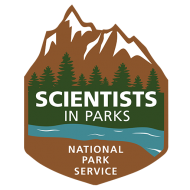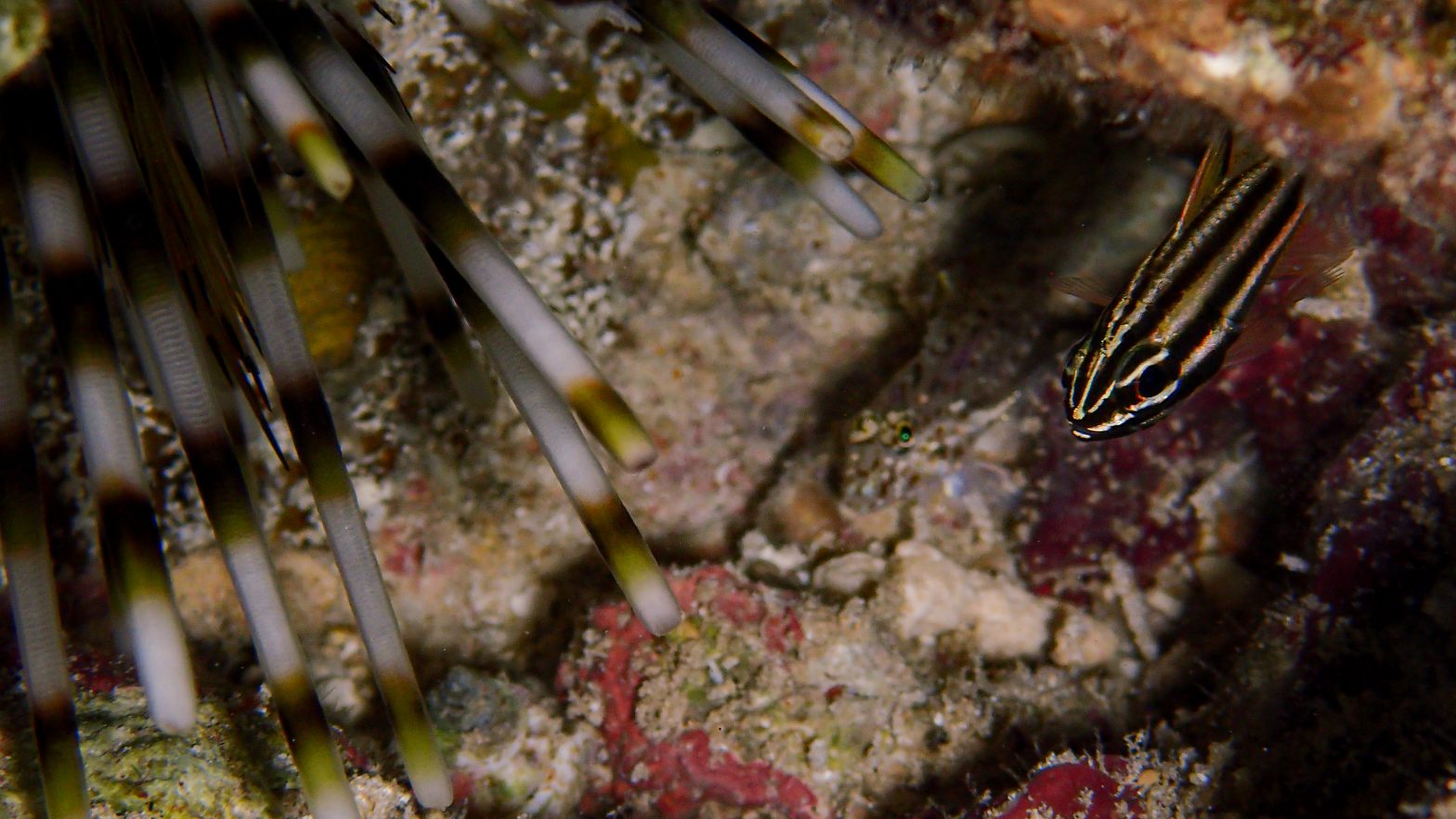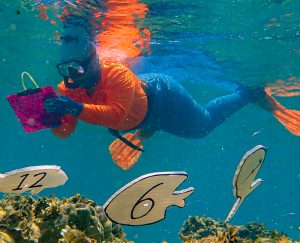
Before moving to Guam, I read about how Guam has the highest coral reef biodiversity of any US state or territory. So, getting the opportunity to be a Scientist in Park (SIP) Fellow at the War in the Pacific National Historical Park (WAPA) has been the highlight of my summer. My name is Motusaga Vaeoso, and I am a graduate student at the University of Guam studying Marine Biology. Let me tell you about the exciting work that has been going on during my fellowship since I started over a month ago.
Most of my background is in coral reef monitoring, and I have had the opportunity to utilize this experience and expand it at WAPA. I have been immersed in learning about the diverse number of organisms that inhabit the reef flats of the Asan and Agat units, once scarred during the fierce battles of World War II. Reef flats are the largest parts of coral reefs, often affected by coral bleaching due to their shallow depth and exposure at extreme low tide, sedimentation from coastal settlement and development, and overfishing. This is why it’s important to monitor the health and percent cover of corals on WAPA reef flats so we can track changes over time to help inform coral reef management and future monitoring.
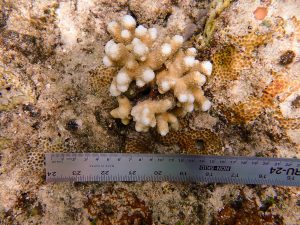
To establish a baseline for assessing the health of the reef flats in Asan and Agat, I will be working with an amazing group of people that make up the WAPA Marine Team to:
- 1. create training materials to build staff capacity to conduct fish monitoring surveys which will complement the protocols for coral and invertebrate surveys
- 2. collect percent coral cover, fish and invertebrate diversity and abundance to assess reef flat health
- 3. and collect the percent coral cover of coral restoration sites right outside the Asan Beach unit
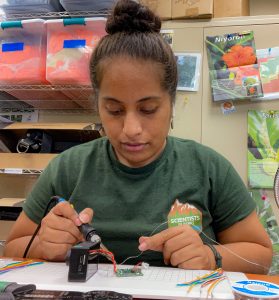
In addition to reef flat monitoring, part of my time as a SIP fellow at WAPA will be spent building CoralCam, which involves learning a whole new set of skills. CoralCams are a cost-effective method for converting cheap cameras into programmable time-lapsed platforms, allowing for time-series collection of photos or video in remote locations for extended time periods. Although daunting at first because I am not a mechanical engineer, I have had so much fun learning about how the CoralCam circuit board is built, how to solder, and the different soldering techniques, tinning wire, programming, etc. I will be assembling 19 CoralCams for deployment within the park to monitor coral reef processes such as recruitment, predation, competition, and mortality.
My obsession with underwater photography has grown since I started working for WAPA. I have done my best to document and identify the many marine organisms caught under my lens. However, discovering iNaturalist, a social network made of many citizen scientists and biologists (many of them experts in their field) who share biodiversity information across the globe to help each other learn about their environment, has been a game-changer for me. It allowed me to put my obsession to good use by sharing my fish, coral, and invertebrate photos to improve my species identification skills. If you want to check out some of the marine species I observe at WAPA, you can check out my iNaturalist account.
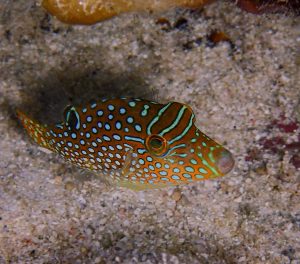
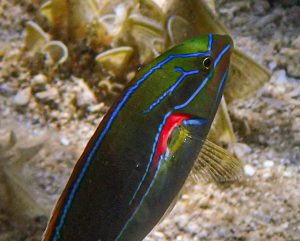
Stay tuned for more updates on the work I am doing at WAPA and if you want to start learning about your park and the animals and plants that live in it, get on iNaturalist and share your observations with other naturalists.
